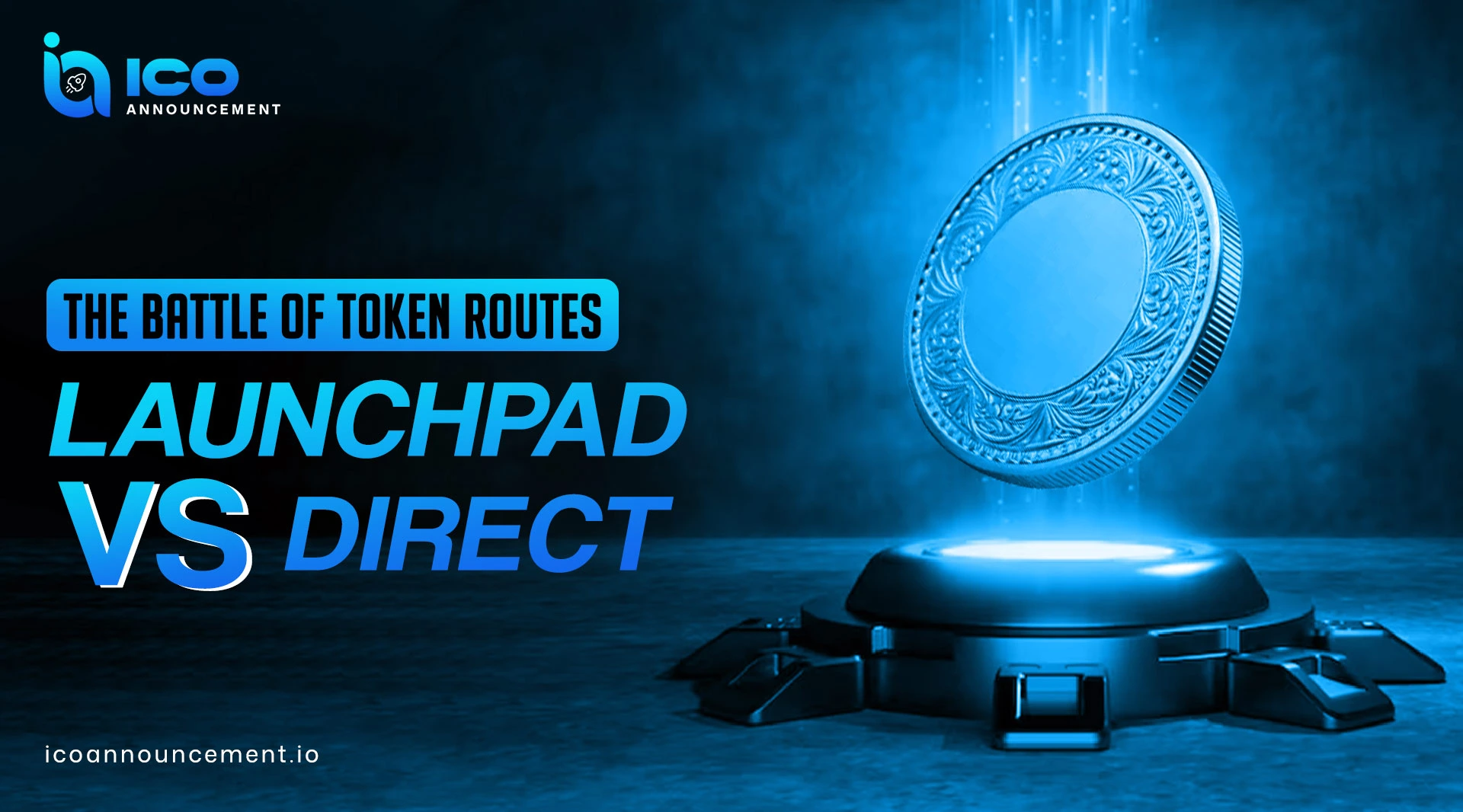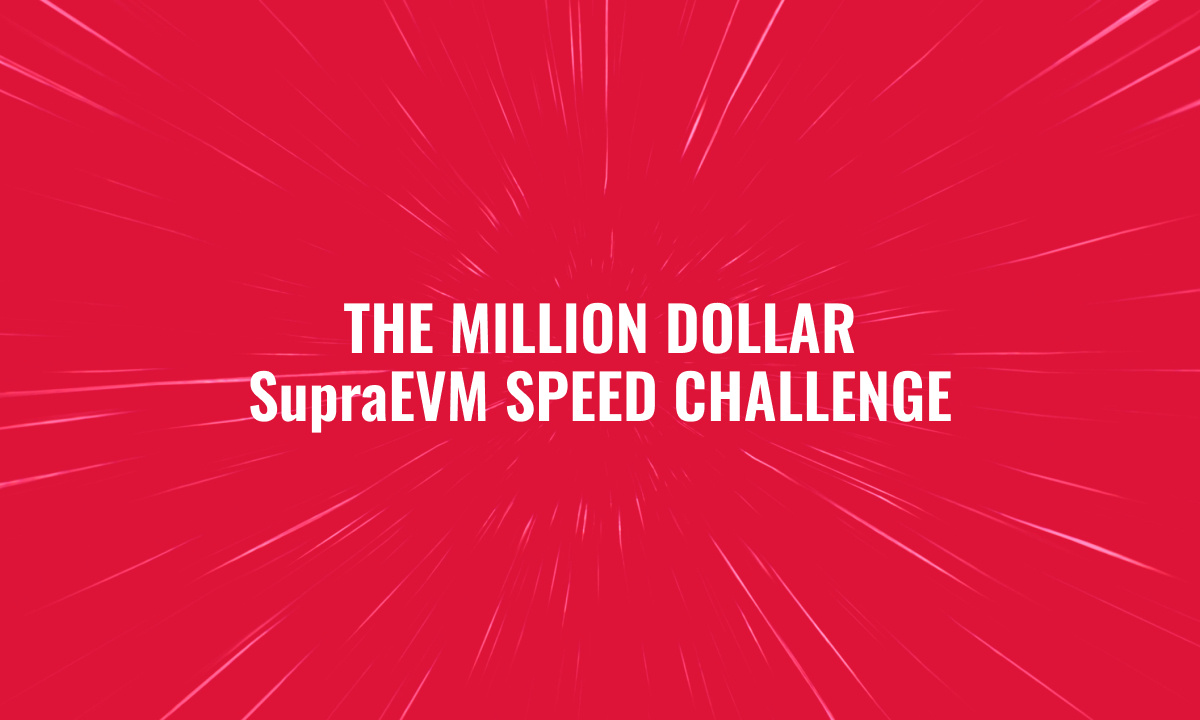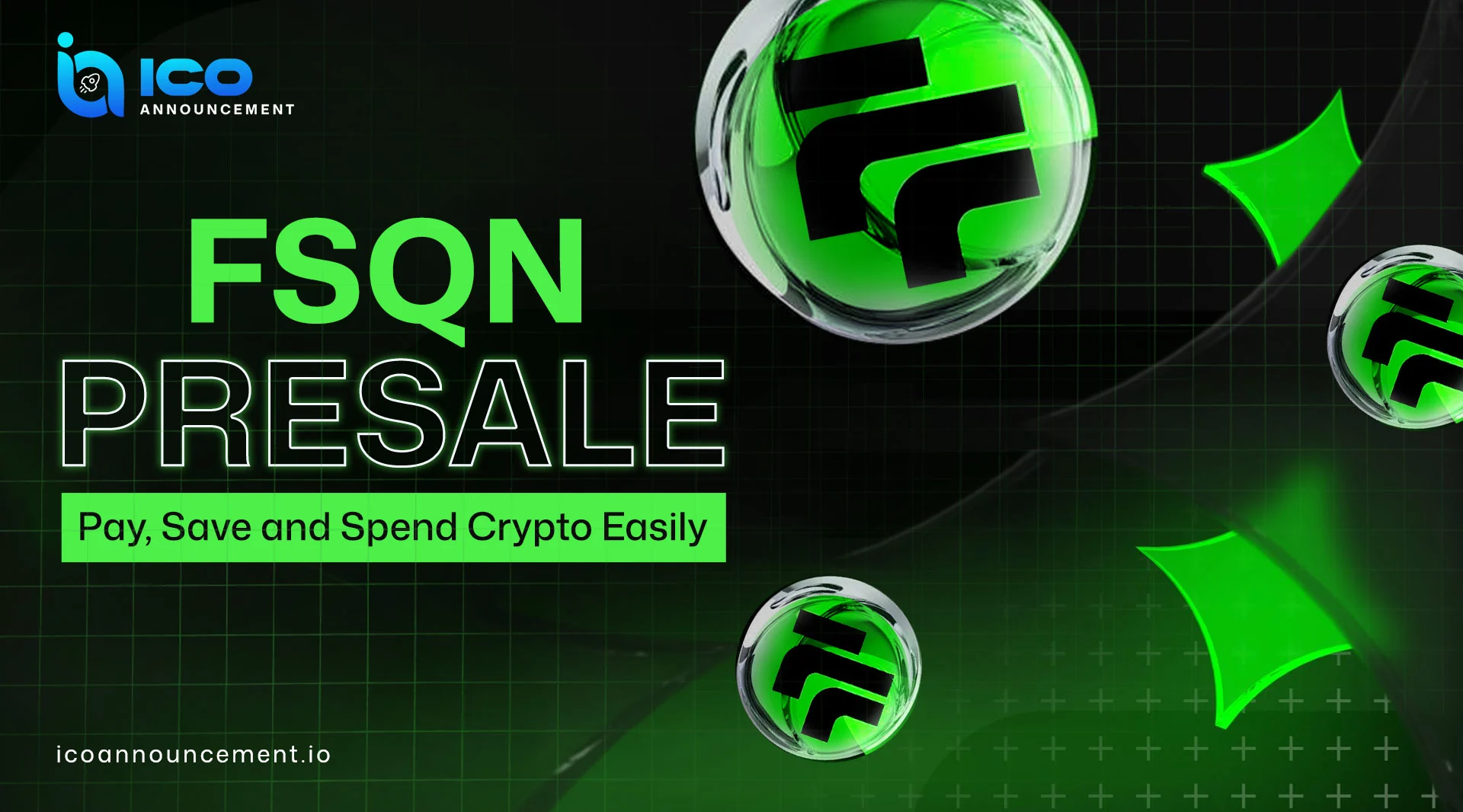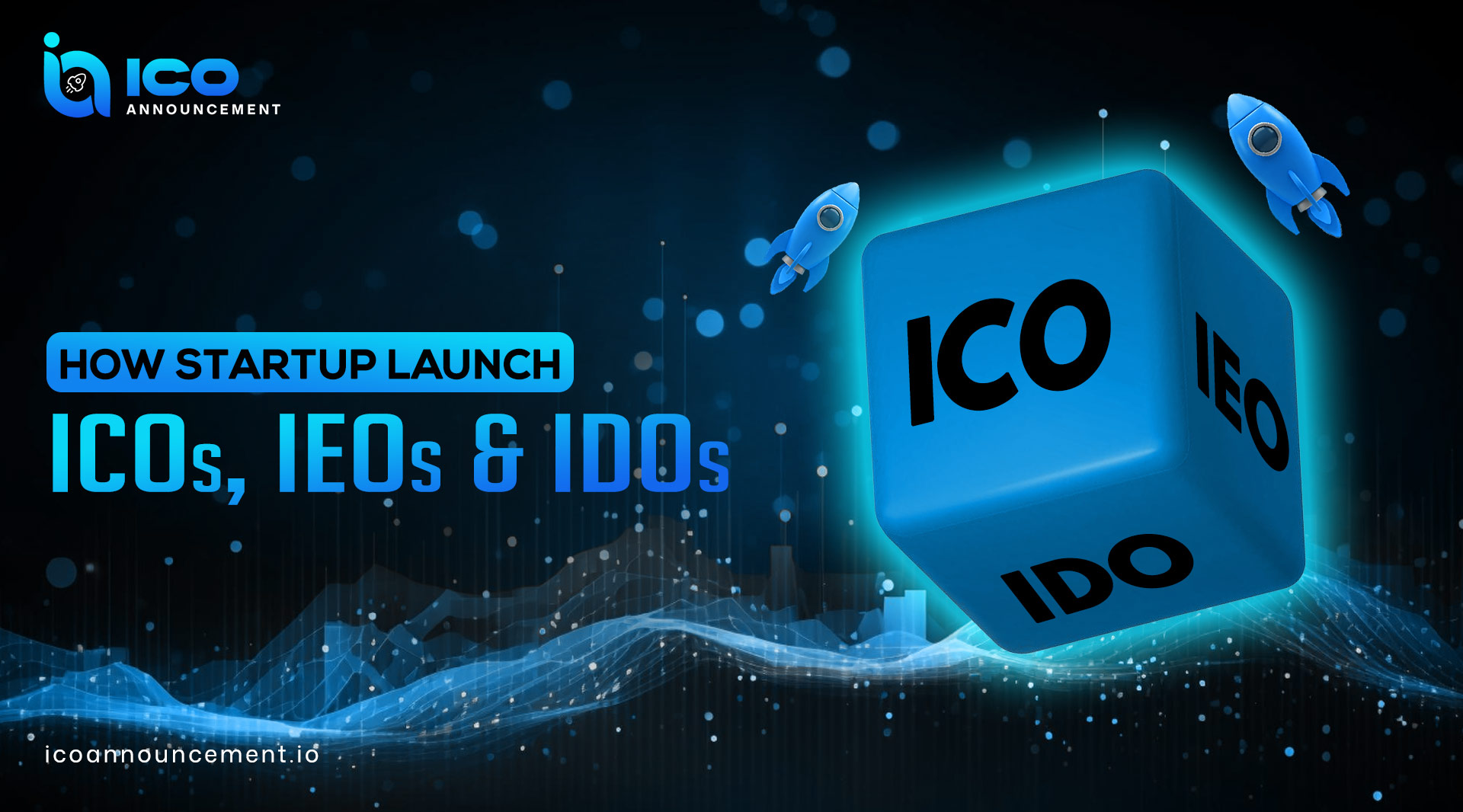Launchpad vs Direct Listing: The Best Token Sale Strategy

Understanding the Crypto Token Sale Landscape
In 2026, launching a crypto token is still a big deal, and there are two main ways to do it: using a crypto launchpad vs direct listing. Each way has its pros and cons, depending on where the project is at, the community it has, and what it’s trying to achieve.
In this post, we’ll explain both options clearly, focusing on things like how easy it is to trade the token (liquidity), how much attention the project gets (marketing exposure), and how the token is set up (tokenomics). Whether you’re an investor or a project founder, this guide will help you decide which method is best for your token sale in 2026.
What is a Crypto Launchpad?
A crypto launchpad is a platform where new crypto projects raise funds by offering tokens to investors in exchange for capital. These platforms help projects gain exposure and access to a community of investors, providing marketing support, vetting, and sometimes even guaranteeing listing on major exchanges. Popular crypto launchpads include Binance Launchpad, Polkastarter, and TrustSwap.
Key Benefits of Launchpads:
- Increased credibility: Launchpads check projects to make sure they’re good quality, which makes them safer for investors.
- Built-in marketing: Launchpads provide exposure to a broad audience, including their investor community, social media, and email lists.
- Guaranteed listing: Many launchpads have partnerships with exchanges that ensure token liquidity shortly after launch.
For projects with limited community reach, a crypto launchpad is often a great choice to boost visibility and reduce risk.
What is a Direct Listing or Direct Token Sale?
A direct listing means launching a token without the help of a crypto launchpad. In this scenario, the project handles everything from the sale to the listing on exchanges, often by self-marketing through social media, partnerships, and organic growth. Direct listings can happen on centralized exchanges (CEX) like Binance or decentralized platforms (DEX), depending on the project’s goals. When deciding between Launchpad vs Direct Listing, the choice depends on the project’s goals, resources, and the level of control they want over the launch process.
Key Features of Direct Listings:
- Full control over the sale: The project team has complete control over tokenomics, timing, and distribution.
- Lower fees: Without a launchpad, projects avoid platform fees and token allocations, meaning more funds go directly to the project.
- Community-driven: Direct listings are often chosen by projects with strong community support and existing product traction.
However, direct listings carry higher risk, as projects have to rely on their own efforts for exposure and trust-building.
Launchpad vs Direct Listing: Side-by-Side Comparison
Here’s an updated comparison of both approaches, emphasizing the latest trends and considerations for crypto projects in 2025:
| Feature | Crypto Launchpad | Direct Listing |
| Project vetting | Yes – Reviewing process by the platform. | Limited or no external screening; more risk involved. |
| Marketing & exposure | Strong built-in marketing and community support. | Requires self-marketing; community building from scratch. |
| Liquidity & exchange listing | Guaranteed or quicker listing on major exchanges. | Listing negotiation with exchanges; liquidity risk. |
| Control over sale structure | Some platform limitations on tokenomics & terms. | Full control, from tokenomics to distribution. |
| Cost/Fees | Higher due to platform fees and token allocation. | Lower in terms of platform costs. |
| Risk for investors | Lower risk due to checking and support. | Higher risk; no third-party guarantees. |
| Best for | New projects needing exposure, credibility, and trust. | Established projects with strong community and traction. |
Why a Crypto Launchpad Might Be Your Best Bet
For projects in 2026, a crypto launchpad is often the best choice if:
- You’re a new project without a large existing community.
- You need to guarantee liquidity and an exchange listing soon after the token sale.
- You prefer external support for marketing and community engagement.
- You want to lower the risk for investors and build trust quickly.
Real-World Example: Polkadot launched via Binance Launchpad, raising funds and boosting visibility through its curated platform. This helped the project secure trust from early investors, and it was listed shortly thereafter, benefiting from immediate liquidity.
When Should You Consider a Direct Listing?
For more mature projects, direct listing might be the better path, especially if:
- You already have a loyal community and product traction.
- You want full control over your tokenomics, fundraising terms, and vesting schedule.
- You have the resources and network to market and drive awareness without a launchpad.
- You want to avoid paying high platform fees and want to keep all raised funds.
Example: Uniswap launched its UNI token via a direct listing, relying on its established community and decentralized nature to attract investors. This helped them avoid platform fees and maintain control over the token’s distribution.
Key Considerations & Risks for Crypto Investors
As an investor evaluating token sale routes, keep these in mind:
- Liquidity risk: If tokens can’t be traded quickly after launch, your money might be stuck, and it could be hard to sell. When comparing Launchpad vs Direct Listing, a launchpad might help prevent this by ensuring quicker liquidity and exchange listings.
- Listing risk: Direct listing may face exchange delays or listing refusal; always check listing plan.
- Tokenomics & vesting: How many tokens are unlocked at listing? Are team tokens locked? Projects on launchpads may have standard vesting.
- Community and traction: Does the project have real users, real product, or just hype? A direct listing without credibility can be much riskier.
- Platform / launchpad reputation: Not all launchpads are equal – better to pick ones with proven track records.
- Regulatory & compliance risks: Token sales are being watched more closely. Launchpads may require you to follow rules, while direct listings could leave you unprotected.
Which Token Sale Method Is Right for You?
If you are still undecided, consider these factors:
- Stage of your project: If you’re early in development, a launchpad will offer the exposure and credibility you need. For established projects, direct listing could provide better control and cost savings.
- Target audience: A launchpad is great for reaching a wider, generalist investor base, while direct listings tend to appeal to early adopters or those already familiar with the project.
- Risk tolerance: Investors and projects seeking safer, vetted routes might lean towards a launchpad, while those comfortable with higher risk might choose a direct listing for the potential upside.
FAQs: Crypto Launchpad vs Direct Listing
Q: What is the difference between an IEO and an IDO?
An IEO (Initial Exchange Offering) is hosted by a centralized exchange like Binance, while an IDO (Initial DEX Offering) is done on decentralized exchanges like Uniswap. Both are forms of token sale, but when considering Launchpad vs Direct Listing, IEOs generally offer more support in terms of liquidity and trust due to the exchange’s involvement in the process.
Q: How do I ensure my token sale is successful?
Whether you choose a launchpad or a direct listing, ensure you have clear tokenomics, a transparent vesting schedule, and strong community engagement. Market your sale early and often, and consider partnerships with influencers or industry leaders.
Conclusion: Making the Right Choice
In 2026, choosing between a crypto launchpad and direct listing depends on where you are in your project’s journey. For most new crypto projects, a launchpad vs direct listing offers a safer, more structured route to market, but for those with established communities and products, a direct listing offers greater autonomy and control. Consider your funding goals, community strength, and marketing resources when making your decision.
Final Thoughts for Crypto Investors
As an investor, always do thorough research on the project’s tokenomics, team, and community before committing. Understanding the route a project takes to launch – whether it’s a crypto launchpad or a direct listing – can give you deeper insight into its long-term viability.







